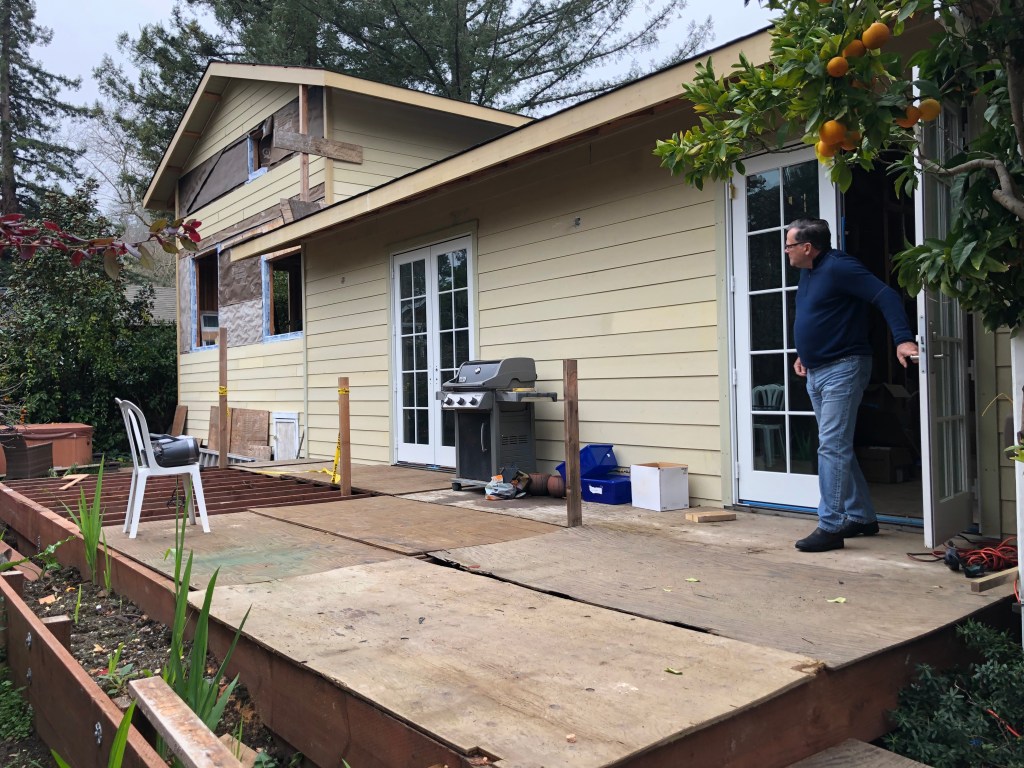State housing officials are cracking down on counties and cities whose rules regarding second units clash with state law.
Marin is among those counties.
A clear message from the state has put the county on a path of relaxing its regulations regarding accessory dwelling units and lot splits in neighborhood zoning for single-family housing.
The statewide housing shortage has led the Legislature to pass laws aimed at encouraging the development of accessory dwelling units – once popularly known as in-law or granny units.
It wasn’t that long ago that Marin municipalities frowned on lot splits and were reluctant, at the very least, about second units. Neighbors’ complaints about parking, traffic and preserving their single-family neighborhoods usually won out in those debates.
Sacramento has rewritten those rules, giving a crystal-clear green light to the construction of second units.
For many towns around the county, second units are a big part of their strategies for meeting state housing quotas.
State law also streamlines the planning process, paving their path to building permits.
County planning commissioners and the Board of Supervisors have tried to thread the needle, opening the door a lot wider for adding second units, but also imposing restrictions aimed at limiting development in high fire hazard areas. Supervisors also relaxed local restrictions only for units 800 square feet or smaller.
Those are too restrictive for Sacramento.
Are ADUs that have been approved in recent years helping provide more affordable housing?
There are doubts.
County Planning Manager Jeremy Tejirian recently told planning commissioners that he’s “skeptical” that’s been the result. He said that many of the ADUs became excuses for homeowners adding space to their homes rather than creating housing for others.
State ADU rules do allow tighter restrictions for property owners who intend to build units for vacation rentals, but the approval of those units may be originally based on them being long-term rentals or for relatives.
Planning laws coming down from Sacramento are aimed at building housing and, unfortunately, not just affordable housing. Among the commendable goals of the quotas is preventing segregation and concentrations of poverty.
Marin’s countywide quota – 14,405 new housing units by 2031 – is staggering – more than a 12% increase in the number of housing units across our county.
It’s been decades since Marin has seen that level and pace of housing development. With so much wide-open acreage reserved for agriculture and open space, little is truly available for new residential development.
The unraveling of local zoning restrictions and the limiting of local political influence in planning decisions are supposed to help fuel approvals and construction.
The state’s message to Marin regarding ADUs is an example of this seismic change.
Whether the relaxed rules regarding ADUs really make a difference in creating new housing – hopefully affordable – around Marin is debatable. The potential is there, but what is the reality?
What’s not debatable are the edicts being handed down by Sacramento, which is beating the drum to which local planning and decisions have to march.




